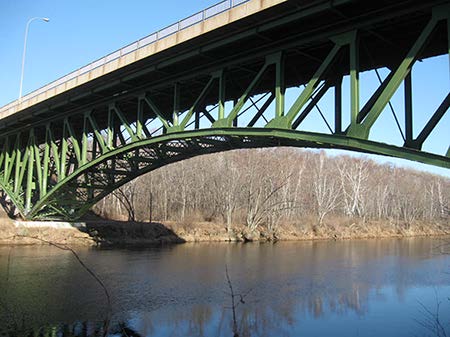U.S. Department of Transportation
Federal Highway Administration
1200 New Jersey Avenue, SE
Washington, DC 20590
202-366-4000
Federal Highway Administration Research and Technology
Coordinating, Developing, and Delivering Highway Transportation Innovations
| PRESENTATION |
| This presentation is an archived publication and may contain dated technical, contact, and link information |
|
| Publication Number: N/A Date: January 2012 |
Publication Date: January 2012
|
PDF files can be viewed with the Acrobat® Reader®
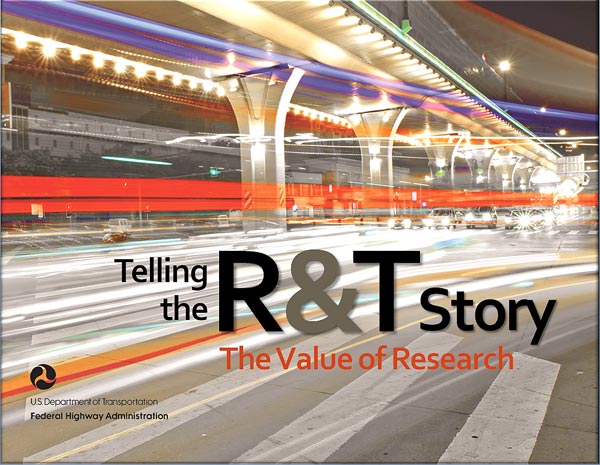
The Federal Highway Administration (FHWA) plays a vital leadership role in developing and implementing a coordinated highway research and technology (R&T) agenda that performs the following:
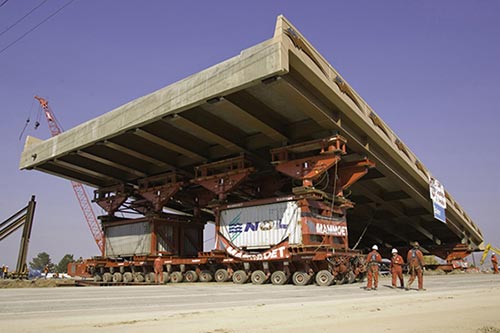
R&T Agenda
The key components of FHWA’s nationally coordinated highway R&T agenda are as follows:
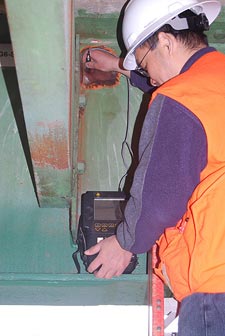
Five Areas of Advancement

SafetyAnalyst Software
SafetyAnalyst helps transportation agencies make decisions about site-specific highway improvements. The software’s state-of-the-art analytical tools can be used to identify safety problems and potential countermeasures for reducing the frequency and severity of crashes.

Interactive Highway Safety Design Model
This suite of software analysis tools can be used to evaluate the safety and operation effects of geometric design decisions on highways. The software is now being used by transportation agencies to predict crash rates on highway corridors and to identify potential improvements.
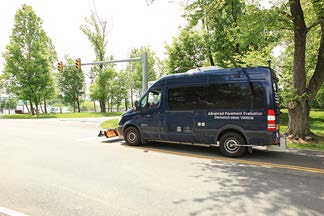
Crash Modification Factors Clearinghouse
The Clearinghouse can help transportation engineers identify the most appropriate countermeasure for their safety needs. The Clearinghouse is available online at http://www.cmfclearinghouse.org/.
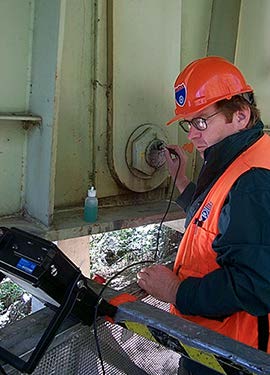
Roundabouts
The implementation of one-way, circular intersections known as roundabouts is improving intersection safety across the country.
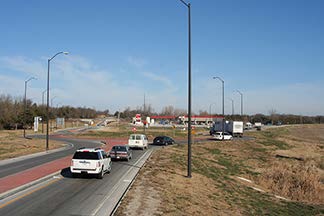
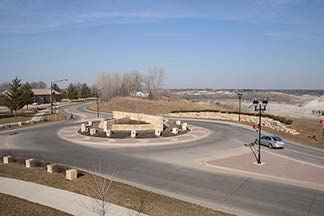
Ultra-Light Inertial Profiler
This instrumented Segway® is being used to assess the condition of sidewalks and curb ramps and determine if they meet the standards of the American with Disabilities Act.
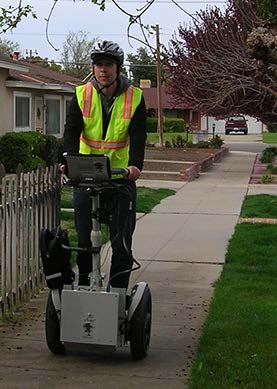
Hazards Mitigation R&T Program
The program’s research is helping to reduce hazard risks to highways and bridges.
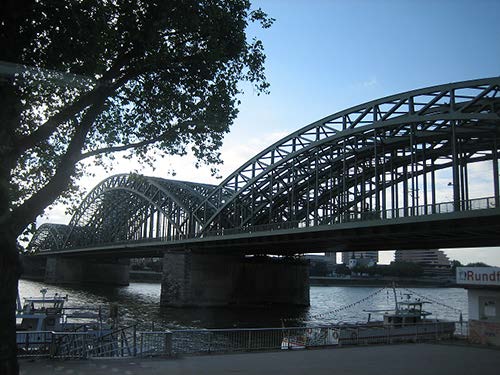
Long-Term Pavement Performance (LTPP) Program
Data collected by the LTPP program have played a critical role in the development and evaluation of every major pavement design methodology developed over the past 20 years, including the Superpave® mix design system and the DARWin-ME pavement design software.
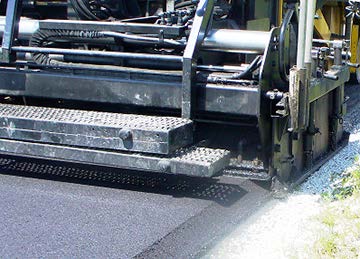
COMPASS
The COMPASS software allows users to optimize the performance of a concrete mixture in a particular environment, resulting in longer-life pavements.
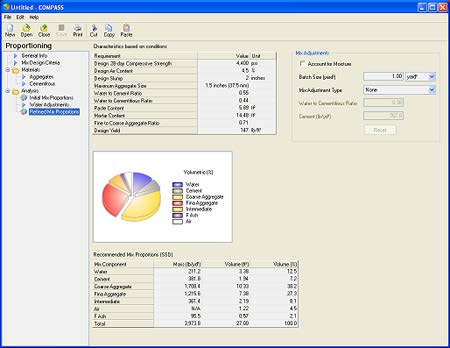
Construction Analysis for Pavement Rehabilitation Strategies (CA4PRS)
CA4PRS assists transportation agencies in making accelerated construction a reality by identifying highway rehabilitation strategies that balance construction schedules with inconvenience to drivers and costs to the Agency.
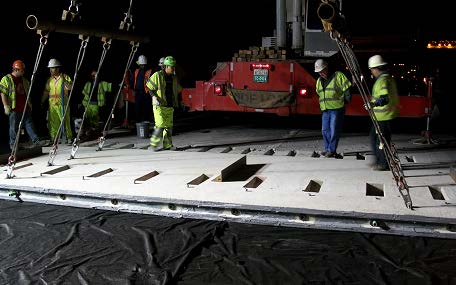
Bridge Inspection Nondestructive Evaluation Showcase
This showcase offers training in the latest nondestructive evaluation tools and systems, which can improve the overall reliability of bridge evaluations.
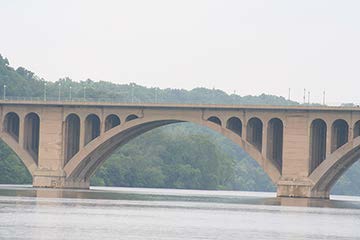
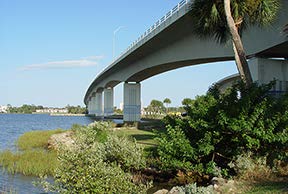
RealCost
RealCost, a software tool for performing life-cycle cost analysis for pavement selection, provides a cost comparison between two or more competing design alternatives.
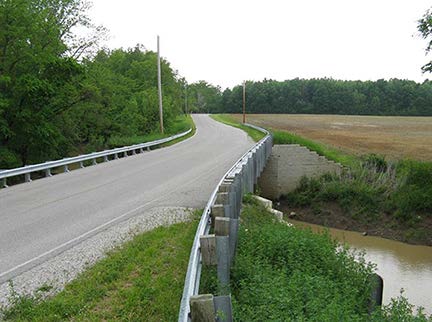
Pavement Materials Laboratories
The numerous forensic tools developed through FHWA’s Materials Laboratories aid in assessing the causes of premature pavement failures.
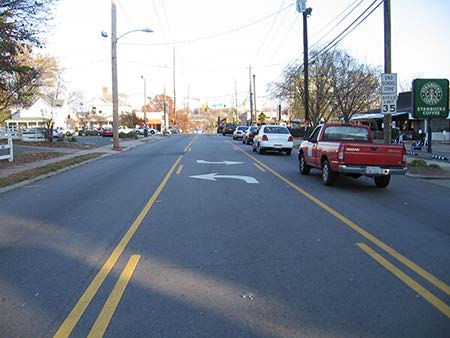
Sustainable Highways Self-Evaluation Tool
Transportation agencies and metropolitan planning organizations can use this tool to evaluate projects and practices and rate a projects’ sustainability using a consistent set of criteria and scores.
The tool addresses the full life cycle of a highway project, from planning through construction to operations and maintenance. It offers users maximum, hands-on flexibility.
The pilot test version is available at http://www.sustainablehighways.org/.
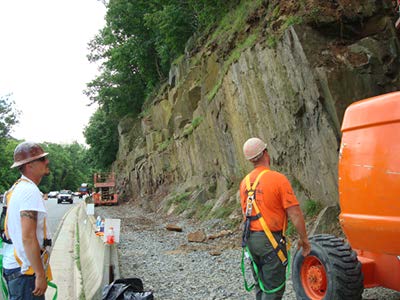
Recycling Solutions
Best practices for increasing the use of reclaimed asphalt pavement are detailed in the FHWA repor, Reclaimed Asphalt Pavement in Asphalt Mixtures: State of the Practice (FHWA-HRT-11-021).
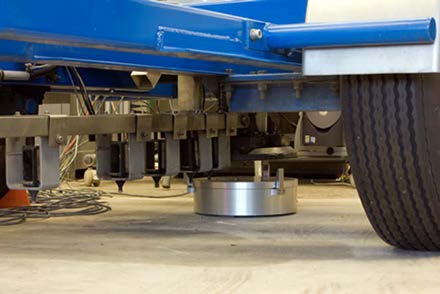
A Foundation for Future Mobility
FHWA’s Transportation Operations Laboratory is exploring how innovative technologies can improve the performance of the country’s transportation system.
The new laboratory contains the following:
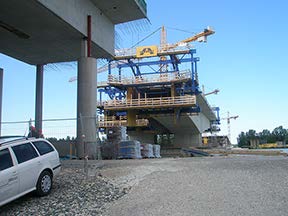
Targeted Safety Messages
Research includes testing the Signal Phase and Timing Interface Definition and Prototype, which will define a common two-way interface between vehicle systems, mobile devices, and traffic signal controllers.
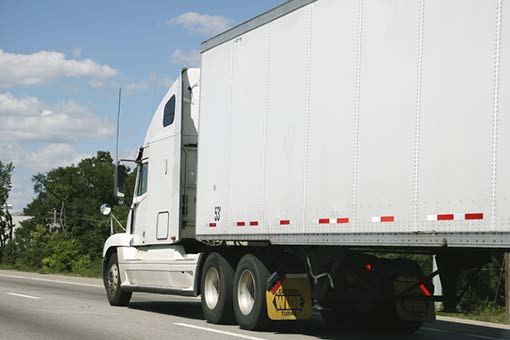
Traffic Signal Triggers
FHWA researchers are using step-frequency ground-penetrating radar to develop a nondestructive method for detecting and assessing inductive loop sensors embedded in roadway surfaces.
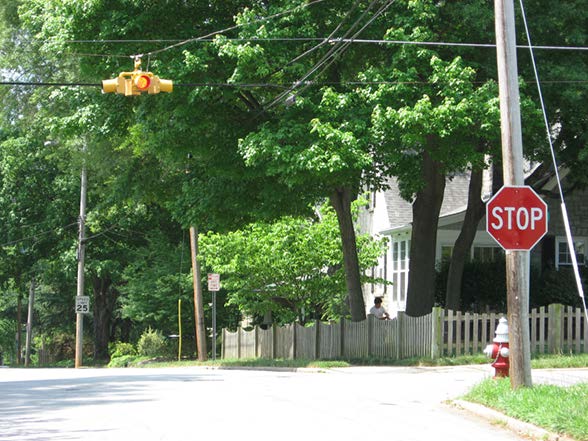
Passenger Travel Analysis Framework
The framework will provide States with resources for better analyzing and meeting travel need challenges.
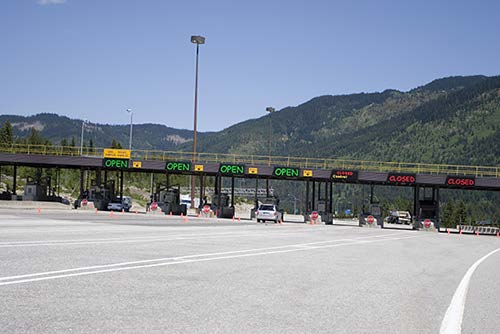
Cutting-Edge Tools and Technology
In addition to improving safety today, FHWA researches the infrastructure that will define tomorrow, including the following:
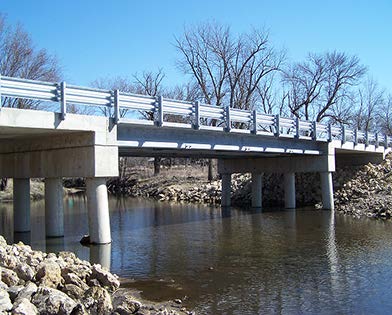
Accelerating Deployment
The following initiatives are putting new tools in the hands of the State and local agencies that need them:
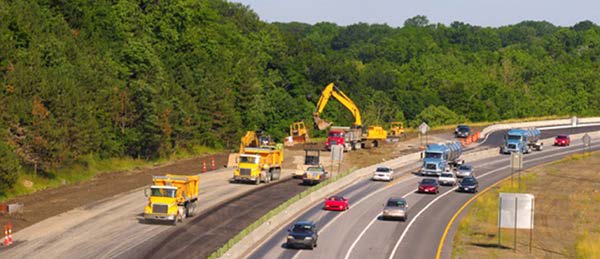
Want to Learn More?
More information on FHWA’s R&T initiatives is featured in Telling the R&T Story: The Value of Research (Report No. FHWA-HRT-11-053) available online at https://www.fhwa.dot.gov/publications/ research/general/11053/index.cfm.
For additional details, visit https://www.fhwa.dot.gov/research.
